Table of Contents[Hide][Show]
- What Is Pond Dye?
- Is Pond Dye A Good Idea?
- How Long Does Pond Dye Last?
- How Does Pond Dye Prevent Algae Growth?
- Does Pond Dye Hurt Fish?
- When Should You Dye Your Pond?
- What Are The Different Types Of Pond Dye Colors?
The Many Advantages Of Using Pond Dye+−
- Extreme Heat or Cold: Which Is Deadlier? A Closer Look at the Data
- From Forests to Fish: How Acid Rain Devastates Our Environment
- 26 Pollution Photos That Will Make You Cry
- Britain’s Sycamore Gap Tree Deliberately Chopped Down in Act of Vandalism
- The 6 Most Environmentally Friendly Cars – A Closer Look At The New 2023 Hybrid And Electric Cars
- Rockhounding 101: Everything You Need To Know About This Fun Rock Hunting Hobby
- 5 Of The Most Beautiful Rain Forests Around the World
- 15 Incredible Things You (Probably) Didn’t Know About Jackie Chan
- 6 Tips Before You Start A DIY Furniture Restoration Project
- The 6 Best Environmentally Friendly Cars To Consider (2019)
- Mesmerizing Video Shows How Tennis Balls Are Made
- The Financial, Environmental and Emotional Costs of Commuting
If you’re a farmer or pond owner, you know how important it is to keep your water clean and clear. One tool that can help with this is pond dye, a liquid or powder substance that is applied to the surface of the water to improve its appearance and safety. In this blog post, we’ll explore the various benefits of pond dye, how it works, and how to use it effectively to keep your pond or lake looking its best.
What Is Pond Dye?
Pond dye, also known as lake dye or water colorant, is a liquid substance that farmers can use to improve the appearance and safety of their ponds and lakes. The dye is typically applied in the form of a concentrate, which is then mixed with water and sprayed over the surface of the pond.
Is Pond Dye A Good Idea?
Should pond owners consider using dye? Yes there are multiple advantages and no major drawback to using pond or lake dye.
In addition to its cosmetic effects, water dye has several practical benefits. By blocking sunlight, it can help prevent the overgrowth of algae and aquatic plants, as well as protect fish and maintain a balanced ecosystem in your pond or lake. Using pond or lake dye can therefore serve not only to enhance the appearance of your water, but also to ensure the health and well-being of the plants and animals living in it.
How Long Does Pond Dye Last?
Adding dye to outdoor water sources is a temporary solution and will eventually fade over time. Generally, it can last for 4-8 weeks, depending on various factors. For example, heavy rainfall or the addition of large amounts of untreated water can dilute the color more quickly. It’s important to keep these considerations in mind when deciding how often to reapply the dye to your pond.
How Does Pond Dye Prevent Algae Growth?
One of the primary reasons farmers dye ponds is to reduce the amount of sunlight that penetrates the water. This is important because sunlight can stimulate the growth of algae, which can make the water look dirty and unpleasant. By reducing the amount of sunlight that reaches the algae, farmers can help keep their ponds looking clean and clear.
In addition to improving the appearance of the pond, dyeing ponds can also help keep the water safe for animals and humans. Algae can produce toxins that can be harmful to animals and humans if ingested, so by reducing the amount of algae in the water, farmers can help reduce the risk of illness.
Does Pond Dye Hurt Fish?
No, outdoor water dye does not hurt fish. It actually helps them. You can use lake dye to help manage the temperature of the water. During the summer months, the water in ponds and lakes can become quite warm, which can be stressful for fish and other aquatic life. By adding pond dye, pond owners can help cool the water and make it more comfortable for the animals living in it.
However, you need to consider the impact to other aquatic plants before dyeing water. Although pond dyes are generally safe for use around fish and other aquatic animals, they can potentially impact submerged plants that provide habitat and food for these creatures. Therefore, it’s important to consider the potential effects on the local ecosystem before using a water dye.
When Should You Dye Your Pond?
Outdoor water dyes can be used at any time of year and are not harmful chemicals. They will not completely kill weeds or algae, but they can help to slow down their growth. It is especially beneficial to apply lake dye in the spring, as this can help to minimize weed growth during the warmer months.
Keep in mind that while pond dyes can be a useful tool for managing aquatic plants, they are not a substitute for proper pond maintenance and care.
What Are The Different Types Of Pond Dye Colors?
There are many different types of lake dyes available on the market, and farmers and pond owners can choose the one that best suits their needs. Some dyes are formulated to be more effective at blocking sunlight, while others are designed to provide a more natural-looking color. Farmers can also choose dyes that are formulated to last longer in the water, which can save time and money on re-application.
The most popular pod dye colors are blue and black. Many people chose to do a combination of blue and black pond dye, which creates a deep color.
The Many Advantages Of Using Pond Dye
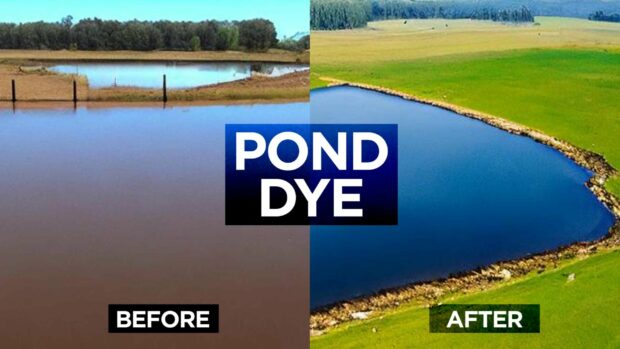
Overall, pond dye is a useful tool for farmers who want to keep their ponds and lakes looking clean and safe. By reducing the amount of sunlight that reaches the water and helping to manage the temperature, pond dye can help farmers create a healthy environment for their animals and the people who depend on them.

Frank Wilson is a retired teacher with over 30 years of combined experience in the education, small business technology, and real estate business. He now blogs as a hobby and spends most days tinkering with old computers. Wilson is passionate about tech, enjoys fishing, and loves drinking beer.

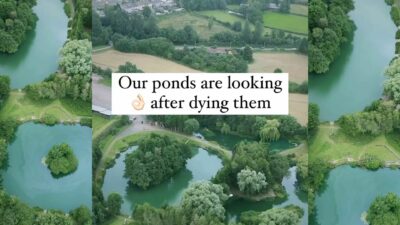
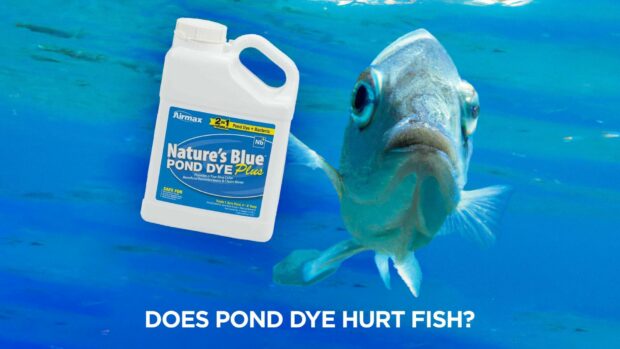
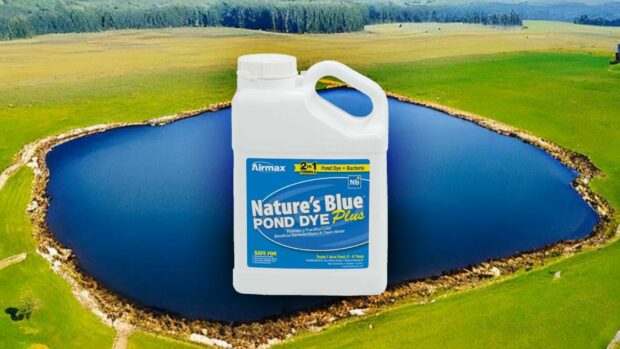


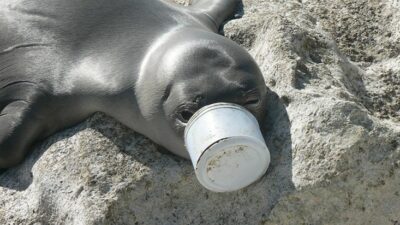



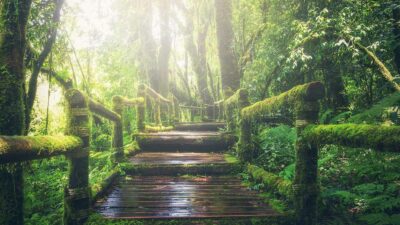



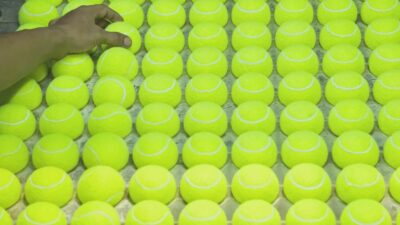











 How A Scene From ‘The Office’ Made Billie Eilish Incorrectly Think That The Irish Band U2 Was From Scranton
How A Scene From ‘The Office’ Made Billie Eilish Incorrectly Think That The Irish Band U2 Was From Scranton
Leave a Reply
You must be logged in to post a comment.